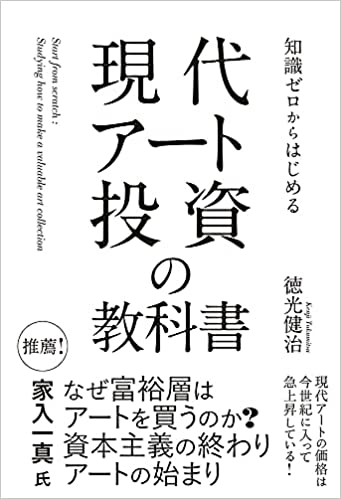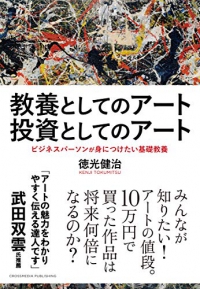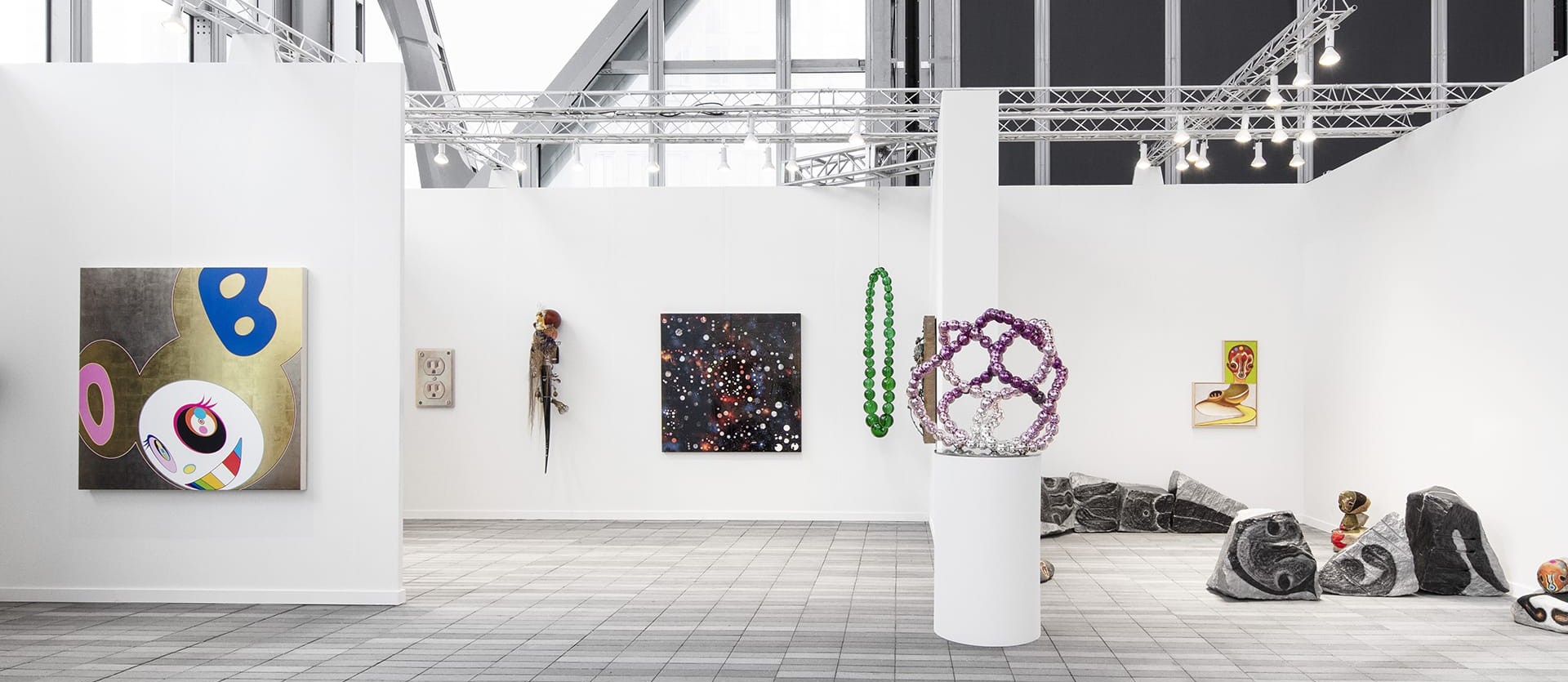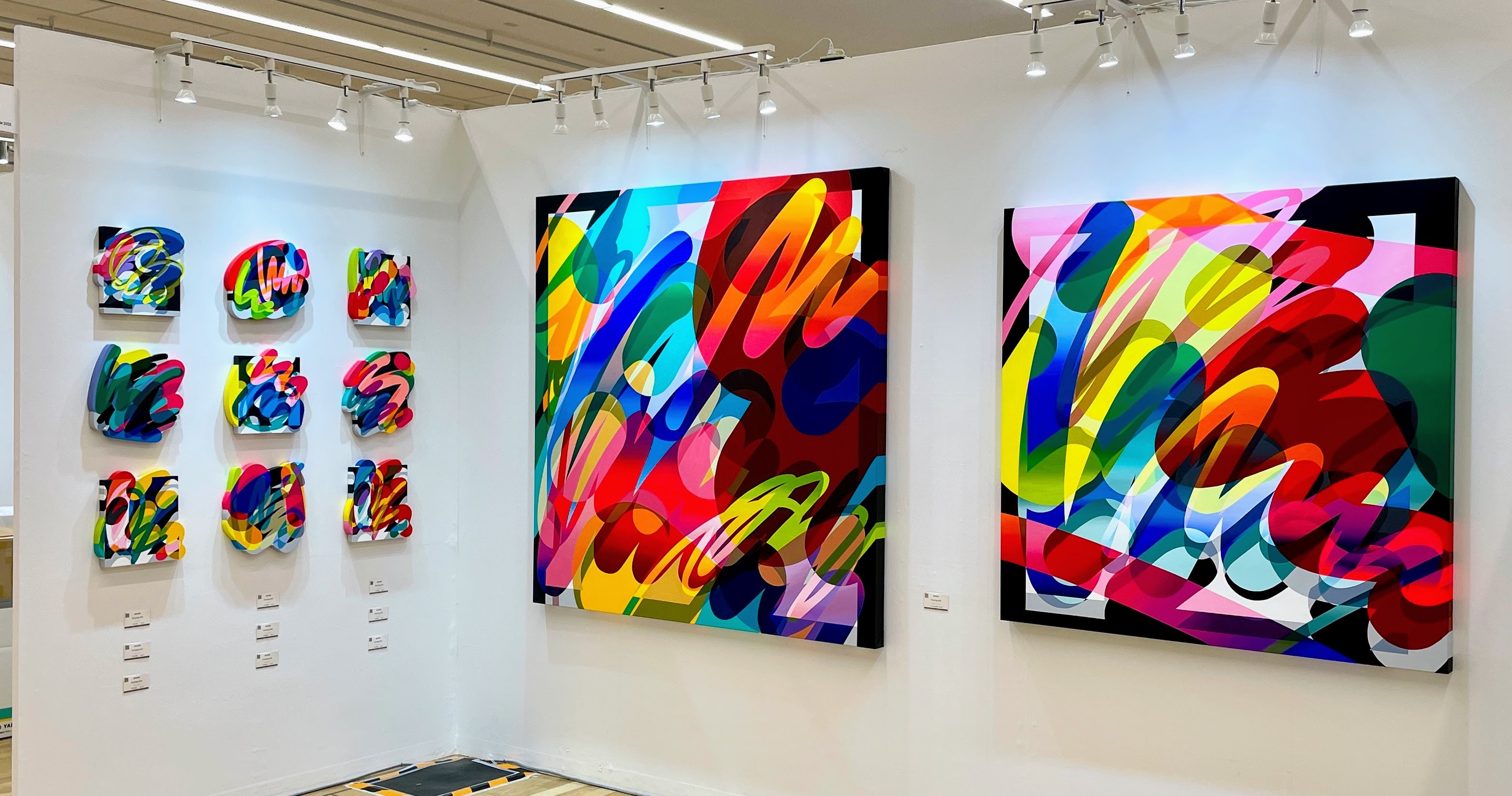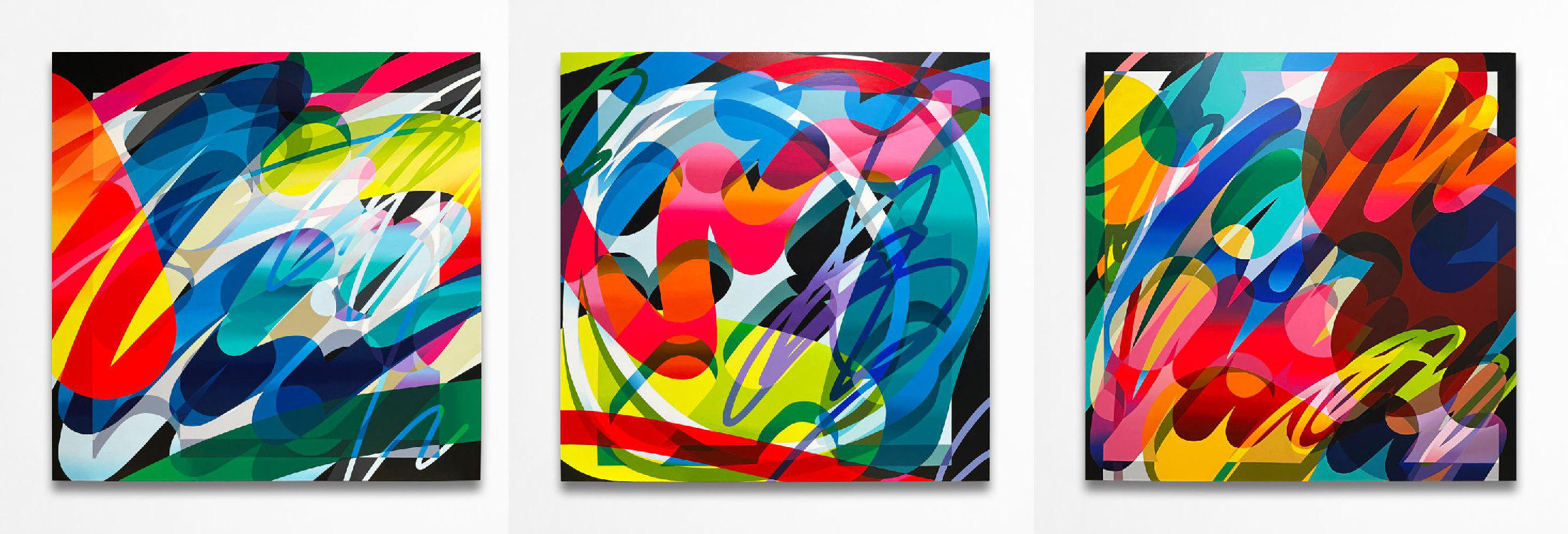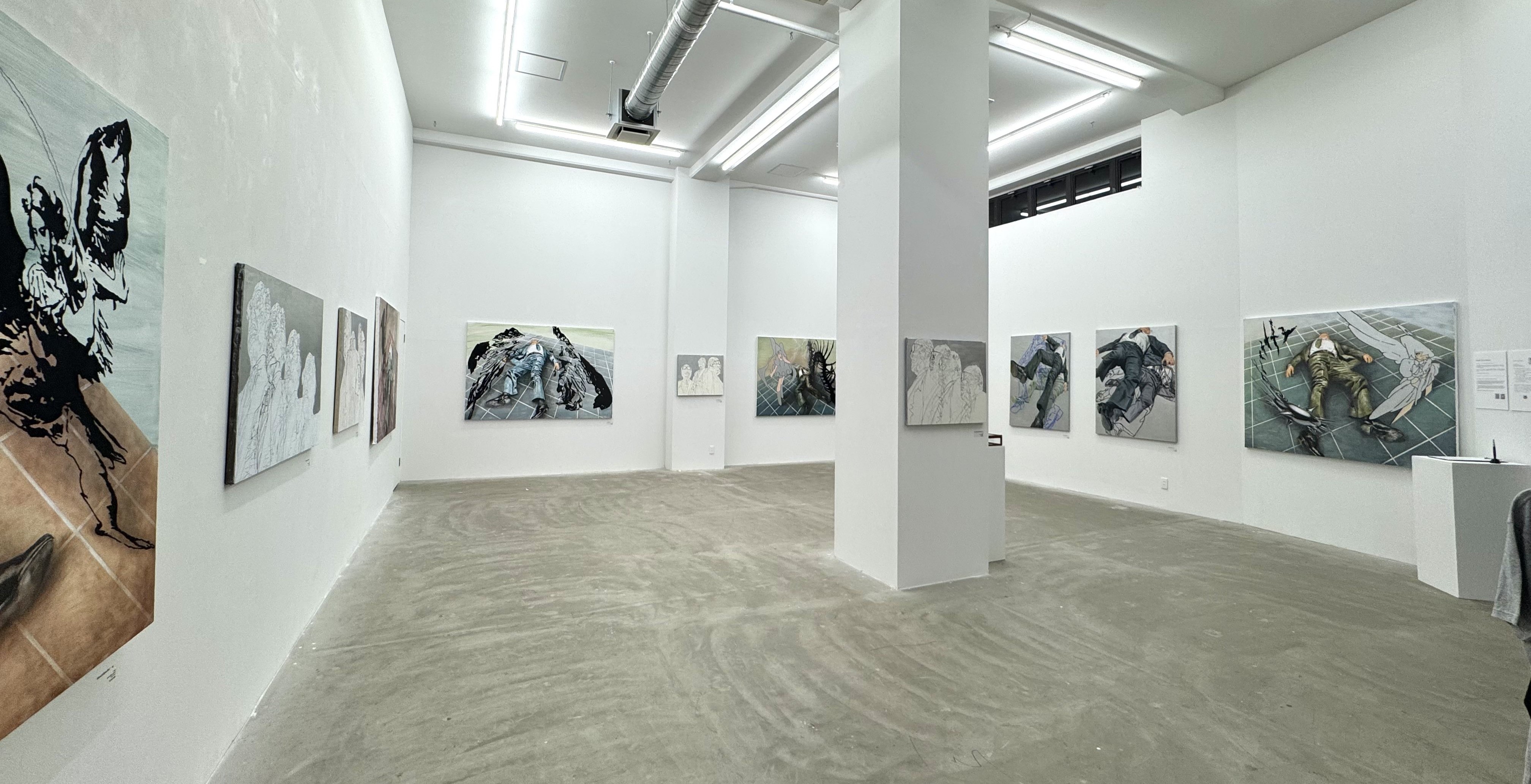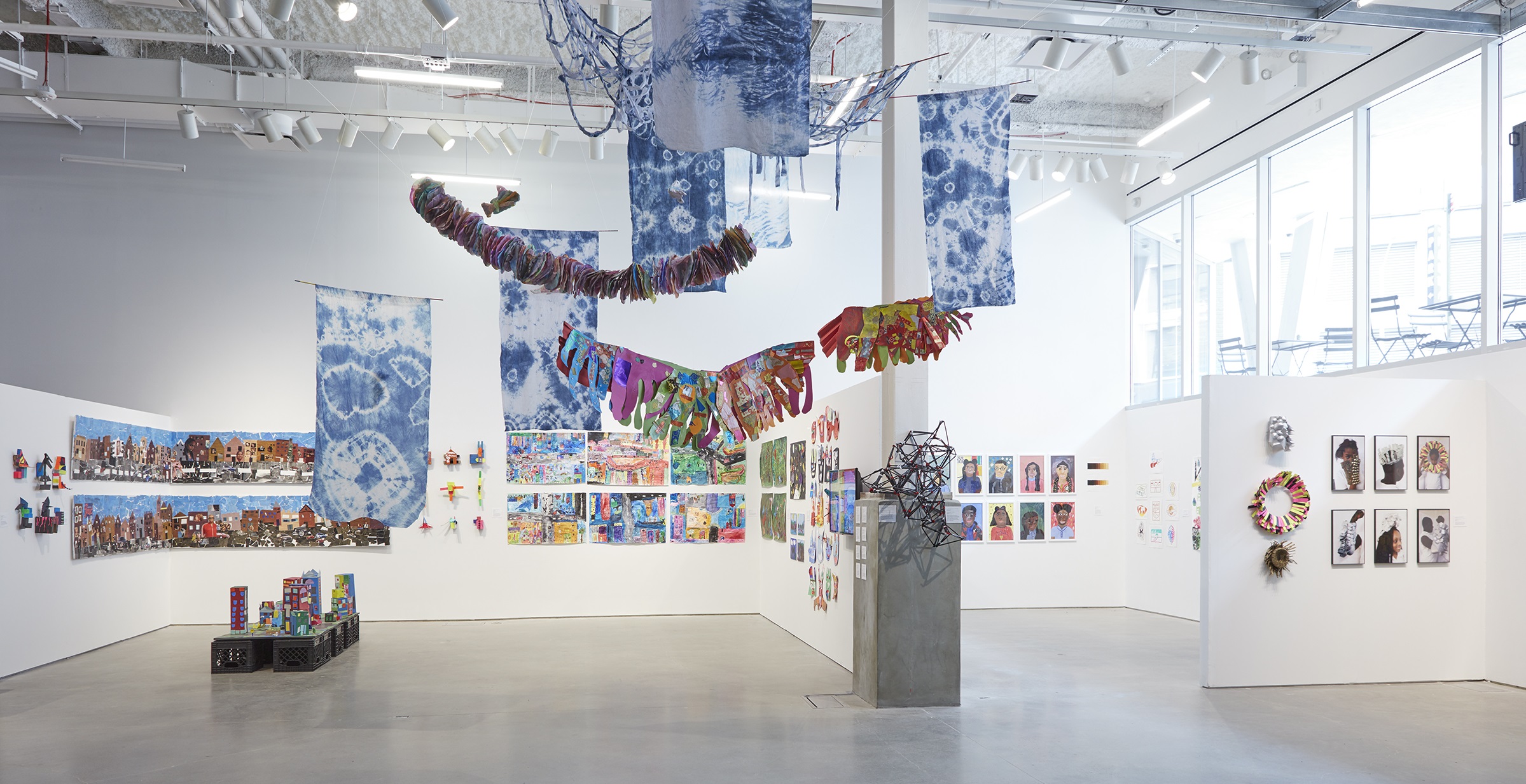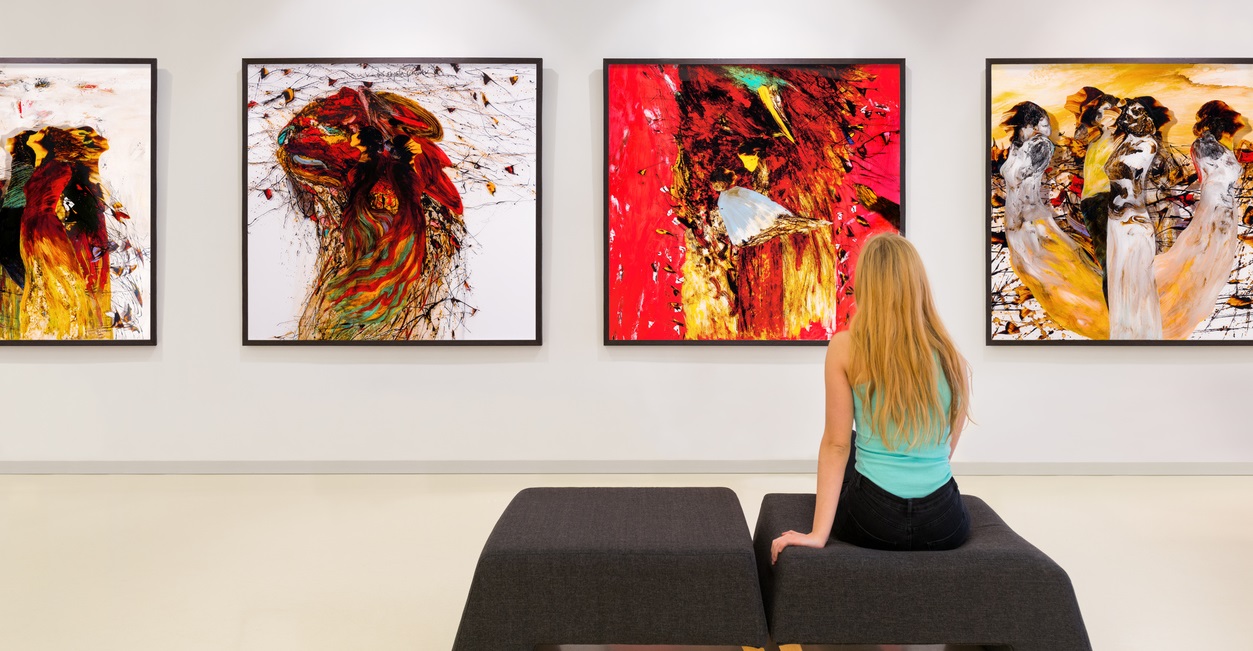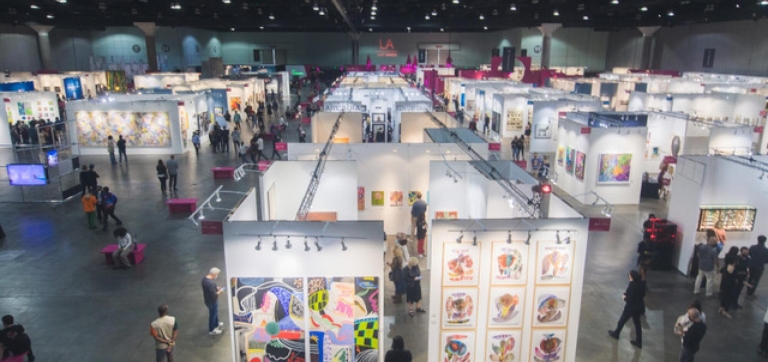
The Future of Japanese Artists
Navigating the Bottleneck of the Japanese Art Market
The Japanese art market has long been known for its relatively small size compared to other developed nations. As discussed in previous columns, the contraction of the domestic market stems from various factors. Key issues include the older demographic of art buyers and the limited understanding of art as an investment, complicating market dynamics.
Japan’s rapid aging population has led to increased conservatism, particularly in purchasing contemporary art, which many find difficult to grasp. To address these challenges, promoting art as an investment is crucial, though widespread adoption may take time due to demographic trends.
During the COVID-19 pandemic, many turned their surplus funds toward art purchases, with illustration art gaining popularity and domestic auction houses supporting the market.
However, while Western countries managed to control the pandemic early, Japan faced over three years before effectively lifting restrictions, causing the market to revert to its previous state.
Given this, the domestic art market’s expansion prospects appear limited.
The Limitations of the Domestic Market and the Need for International Expansion
With the domestic market’s current size, sustaining Japanese artists’ livelihoods is increasingly challenging. Conversely, activities related to exporting artworks abroad have been relatively inactive.
While some artists have moved abroad seeking international success, such as Tomokazu Matsuyama, few Japanese artists achieve significant international prominence.
Many artists face the challenge of going abroad on their own due to insufficient gallery support, compounded by language and funding barriers. Additionally, artists often spend considerable time on part-time jobs abroad to support themselves.
For galleries, actively pursuing international markets is crucial, yet exhibiting at international art fairs involves 2-3 times the cost compared to domestic art fairs, posing significant risks.
Therefore, casually participating in these fairs while managing financial risks is challenging.
Proposing a Strategic Approach
Despite these challenges, it is too fast for Japanese artists or galleries to give up. While increasing the opportunities to exhibit works abroad is ideal, virtual exhibitions are becoming increasingly important.
Effective international marketing with controlled costs will be key for future success. Since individual galleries have limited marketing reach, it’s essential to promote the perception that “Japanese artists offer high quality at low prices” internationally.
Building this recognition could facilitate the formation of a Japanese art movement in Western markets. With sufficient resources and commitment, connecting Japanese artists with Western markets is feasible. Historically, during the Great Depression, the U.S. revived its economy through the New Deal, which included the “Federal Art Project,” employing artists and boosting art’s societal role. Although similar government initiatives may be challenging in Japan, galleries can lead efforts to pool resources from domestic collectors and art enthusiasts, creating a supportive environment for artists.
Building a bridge to international markets and fostering an environment that supports free artistic creation is crucial. There are significant opportunities in global markets, especially in Europe and the U.S., with potential for market growth. To compete with Western artists, providing an environment conducive to creative freedom is essential. Creating such a movement is challenging, but avoiding the challenge involves even greater risks.
Now is the time for galleries to take bold steps toward international markets and expand their support network.
—————————————————————————————-
Second book written by the president of Tagboat, Kenji Tokumitsu, “Textbook of Contemporary Art Investment,” is now available for purchase on Amazon here.

